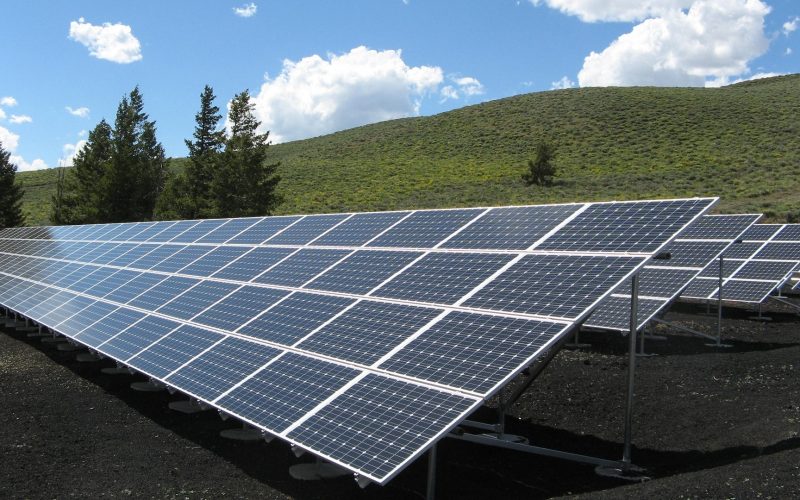
Gone are the days when people would associate solar power with only solar panels on rooftops or a multi-million solar farm in a desert. Innovations in solar power technologies have come a long way to ensure the cost is reduced and the efficiency of solar energy is increased. These technologies will revolutionize the way we think about energy production, from various forms of renewable technologies to solar. 2021 will be an important year where we will integrate and incorporate these new technologies and put them up to the task. Here are five new and exciting solar power technologies to look out for.
Floating solar farms
Just like their name suggest, floating solar farms are photovoltaic power systems that generate power while on water bodies. Compared to land-based solar farms floating photovoltaic panels generate power at a lower cost. This technology does not use land or installation on buildings and rooftops which makes it cheaper. Research shows that floating solar panels generate power 10% greater because of the cooling effect of water. They help with water management by minimizing water evaporation by blocking the sun from reaching the water surface. Also, they are faster to install and lower water treatment costs by preventing the growth of noxious algae. This technology is going to be a game-changer in energy production alongside its plethora of benefits. According to the World Bank floating solar capacity could rise to 500GW by the end of the year.
Solar cell fabrics
More and recent developments such as high-efficiency materials, that can be used on car rooftops and solar cell fabrics can be used in clothing and furnishings. Solar cell fabrics are developed with a vision of producing power in each fabric. These cells and filaments can be embedded into any type of clothing to help you in keeping warm, provide power for other needs or even power your phone. With solar fabricated households, you can minimize solar panel mounting and lower installation costs. The benefit of solar cell fabrics is that they can be used almost on any surface including rooftops, household furnishings and any type of clothing.
Building-integrated photovoltaics
This exciting technology is designed to seamlessly fit into building architecture in the form of canopies, roofs, curtain walls, and skylight systems. BIPVs are aesthetically appealing. Building-integrated photovoltaics extend far beyond solar panels mounted on roofs, the photovoltaic properties are incorporated into the building materials themselves. BIPVs eliminate the need for a separate mounted solar panel system and they become part of a building. There are different types of BIPVs and one which is of particular interest is the solar glass. In a hot climate, the solar glass is most effective in decreasing the amount of heat penetrating the windows thus reducing the energy required for air conditioning.
Solar skins
These are photovoltaic technology that is used to integrate custom designs into solar systems. This technology is similar to advertisement wraps displayed on vehicles especially on bus windows. Though the technology is still in testing, it will greatly increase the efficiency of solar panels. Solar skins have advanced selective light filtration which makes them maintain high efficiency. Solar skins filter sunlight and the resulting light reaching the solar cells beneath it is optimally used to provide solar energy. Solar skins have a sleek finish, they give panels a refreshing look and they give the solar panel an appealing aesthetic look.
Insolight panel coating
Insolight is a Swiss start-up that has come up with a technology that concentrates more light and produces more energy for the solar panel. This technology uses hexagonal lenses in the protective glass of the solar panel resulting in concentration of light and more energy. The first modules of this technology are set to be introduced into the agriculture sector, whereby they can be installed on rooftops, in fields and greenhouses. The translucent modules protect crops from extreme weather conditions by allowing sunlight to filter through to the crops below. Insolight technology is going to reduce the competition for land usage between solar energy and agriculture.
Final thoughts
Solar power systems have come a long way from the days of rooftop panels to skins and cells. Thanks to the advancements in this industry that solar will become cheaper, flexible and even applied everywhere. These technologies are still being developed and we are yet to see other solar technologies in years to come. It is no doubt that the future of solar looks bright!





